
Are you tired of feeling like a stiff, immovable statue? Well, we've got just the solution for you.
Introducing the top 10 stretching techniques that will set you free and bring back the flexibility you've been longing for.
From dynamic stretching to yoga, these techniques will not only improve your range of motion but also enhance your overall well-being.
So, get ready to break free from the chains of stiffness and incorporate these techniques into your daily routine.
Let the journey to freedom begin!
Dynamic Stretching
You should incorporate dynamic stretching into your daily routine for improved flexibility and muscle activation.
Dynamic stretching is a type of stretching that involves moving parts of your body through a full range of motion. Unlike static stretching, where you hold a stretch for a prolonged period, dynamic stretching involves continuous movement.

This type of stretching is often used as a warm-up before physical activity to prepare your muscles and joints for the upcoming movements.
The benefits of dynamic stretching include increased blood flow to the muscles, improved range of motion, enhanced athletic performance, and reduced risk of injury.
Static Stretching
Static stretching is a popular technique used to improve flexibility and prevent muscle tightness. By holding a stretch for an extended period, you can increase your range of motion and reduce the risk of injury during physical activity.
It's important to use proper form and technique when performing static stretches to maximize their benefits and avoid strain.
Benefits of Static Stretching
One of the key benefits of incorporating static stretching into your daily routine is that it can help improve flexibility and joint range of motion. Static stretching involves holding a stretch for a certain period of time without any bouncing or movement. By performing static stretches regularly, you can gradually increase the length of your muscles and tendons, allowing for greater flexibility.
This is especially important for individuals who engage in activities that require a wide range of motion, such as athletes or dancers. Additionally, static stretching can help prevent muscle imbalances by ensuring that all muscles are stretched evenly. This can help reduce the risk of injury and improve overall muscular balance.
Proper Static Stretching Techniques
To maximize the benefits of static stretching, incorporate proper technique and use a variety of stretches to target different muscle groups. Proper static stretching techniques are essential for preventing injury and improving flexibility. Here are four effective stretching techniques to add to your routine:

Hold each stretch for 15-30 seconds: This allows your muscles to fully relax and lengthen.
Breathe deeply and relax: Deep breathing helps to release tension in the muscles and promotes relaxation.
Avoid bouncing or jerking movements: This can strain the muscles and lead to injury.
Stretch both sides equally: It's important to give equal attention to both sides of your body to maintain balance and prevent muscle imbalances.
Active Isolated Stretching
Active Isolated Stretching (AIS) is a technique that can offer numerous benefits to your daily routine. It's an effective stretching technique that targets specific muscles and helps increase flexibility.
Benefits of AIS
Try incorporating AIS (Active Isolated Stretching) into your daily routine to experience the numerous benefits it offers. AIS is an effective stretching technique that can help improve flexibility, relieve muscle tightness, and enhance your overall performance.
Here are some key benefits of AIS:

Increased range of motion: AIS targets specific muscle groups to gradually lengthen and increase your range of motion, allowing you to move more freely and with ease.
Improved muscle recovery: By increasing blood flow and oxygen to the muscles, AIS helps to reduce muscle soreness and promote faster recovery after intense workouts or physical activities.
Injury prevention: Regular practice of AIS can help prevent injuries by improving muscle imbalances, correcting postural issues, and enhancing body awareness.
Enhanced athletic performance: AIS can improve your athletic performance by increasing flexibility, joint mobility, and muscle strength, allowing you to perform at your best.
Incorporating AIS into your daily routine can be a game-changer, providing you with the freedom to move with ease, prevent injuries, and optimize your performance.
Effective Stretching Technique
Start incorporating Active Isolated Stretching (AIS) into your daily routine to maximize its effectiveness and reap its benefits. AIS is one of the most effective stretching techniques for preventing muscle imbalances and maintaining muscle flexibility.
This technique involves stretching specific muscles for a short duration of time, usually around two seconds, and then releasing the stretch. By using this method, you can effectively target and stretch specific muscle groups, helping to improve their flexibility and prevent imbalances.
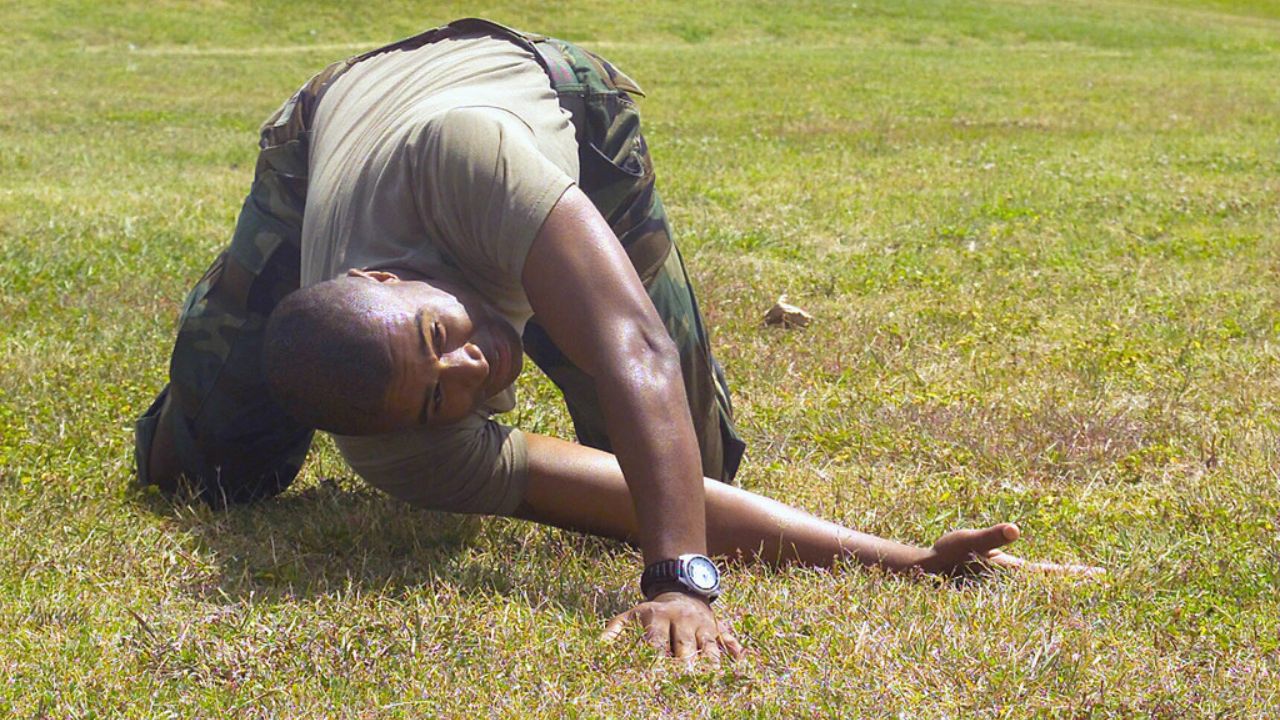
AIS also helps to increase blood flow to the muscles, which can aid in recovery and reduce the risk of injury. Incorporating AIS into your daily routine can greatly enhance your overall flexibility and help you maintain a balanced and healthy body.
Preventing Muscle Imbalances
You can easily prevent muscle imbalances by incorporating this effective stretching technique into your daily routine. Active Isolated Stretching (AIS) is a powerful method for both muscle imbalance prevention and correction. Here are four reasons why you should consider adding AIS to your daily routine:
Targeted Stretching: AIS focuses on specific muscle groups, allowing you to address imbalances directly.
Improved Flexibility: By regularly stretching with AIS, you can increase your range of motion and improve overall flexibility.
Enhanced Muscle Activation: AIS activates and strengthens the underactive muscles, helping to restore balance in your body.
Injury Prevention: By correcting muscle imbalances, AIS can reduce the risk of injuries caused by compensatory movements.
Proprioceptive Neuromuscular Facilitation (PNF)
To get the most out of your stretching routine, incorporate proprioceptive neuromuscular facilitation (PNF) techniques.
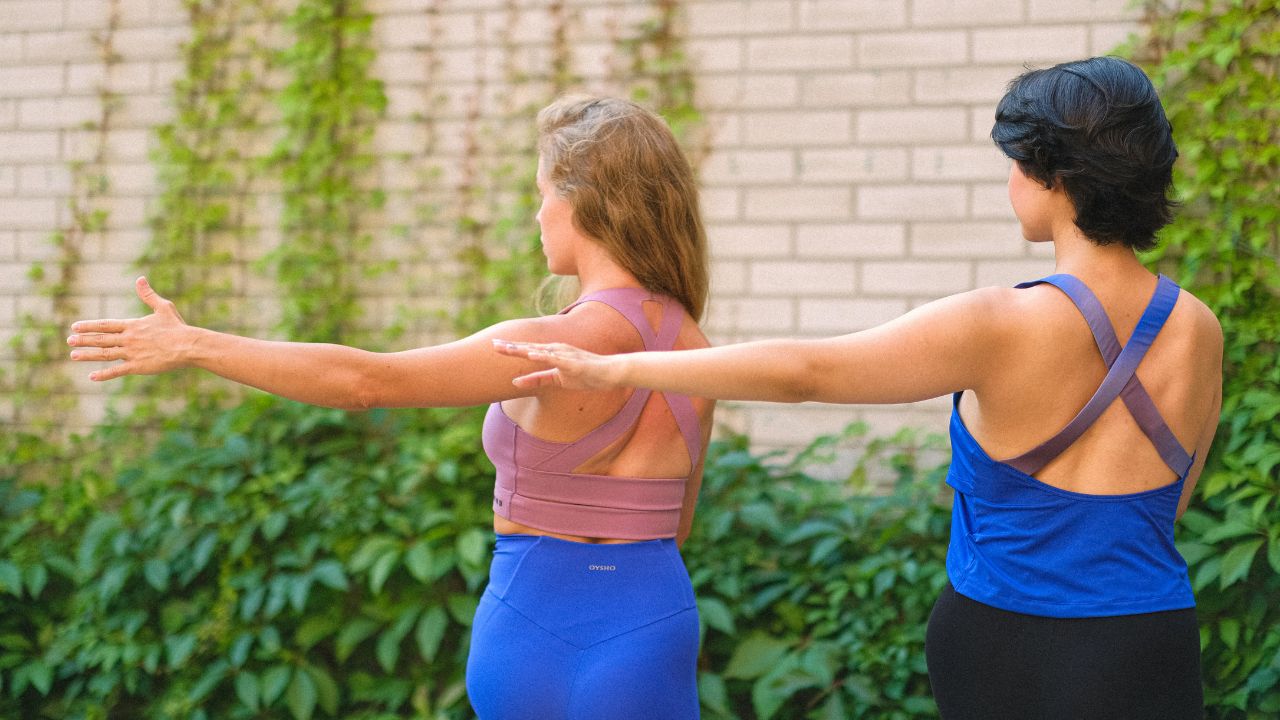
PNF is a highly effective stretching method that involves alternating between contractions and stretches to improve flexibility and strength.
PNF variations include the hold-relax method, in which you contract the target muscle for a few seconds before relaxing and stretching it further.
Another variation is the contract-relax method, where you actively contract the opposing muscle while stretching the target muscle.
These techniques can be particularly beneficial for rehabilitation purposes, as they help improve range of motion and muscle strength after an injury or surgery.
PNF stretching should be performed with caution and under the guidance of a trained professional to ensure safety and effectiveness.
Incorporating PNF techniques into your daily stretching routine can help you achieve greater flexibility and enhance your overall physical performance.
Yoga
Yoga is a fantastic practice for improving flexibility and overall well-being. Incorporating yoga into your daily routine can provide numerous benefits.
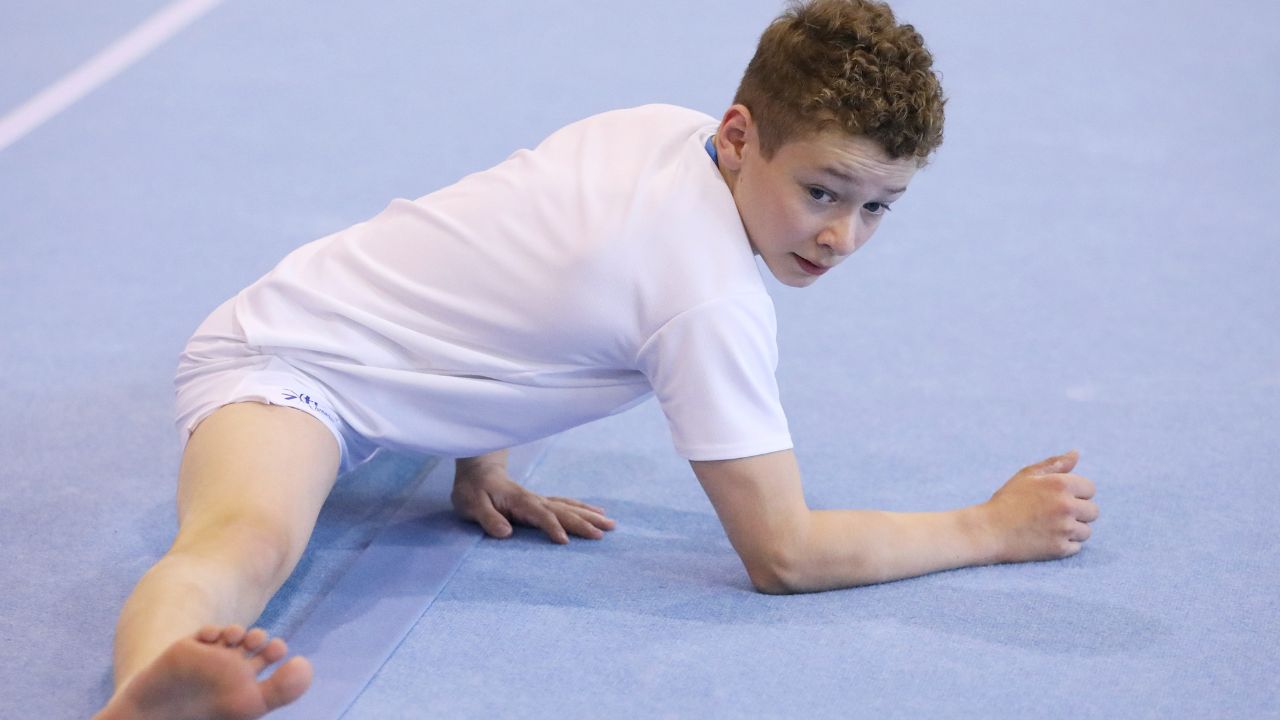
Some of these benefits include increased range of motion, improved posture, and reduced muscle tension. By engaging in regular yoga sessions, you can enhance your physical and mental health.
Additionally, practicing yoga promotes relaxation and stress relief. It allows you to focus on your breath and be present in the moment, which can help calm the mind and reduce anxiety.
Yoga for Flexibility
Looking for a way to improve your flexibility? Try incorporating yoga into your daily routine.
Yoga isn't only a great way to increase flexibility, but it also offers numerous other benefits for both your body and mind.
Here are four reasons why yoga is an excellent choice for enhancing your flexibility:
Yoga for Strength: Yoga poses require you to engage and activate different muscle groups, helping to build strength and stability throughout your body. As you become stronger, you'll notice an improvement in your flexibility.
Yoga for Stress Relief: Yoga is known for its ability to reduce stress and promote relaxation. When you're stressed, your muscles tend to tense up, affecting your flexibility. By practicing yoga regularly, you'll be able to release tension and increase your flexibility.
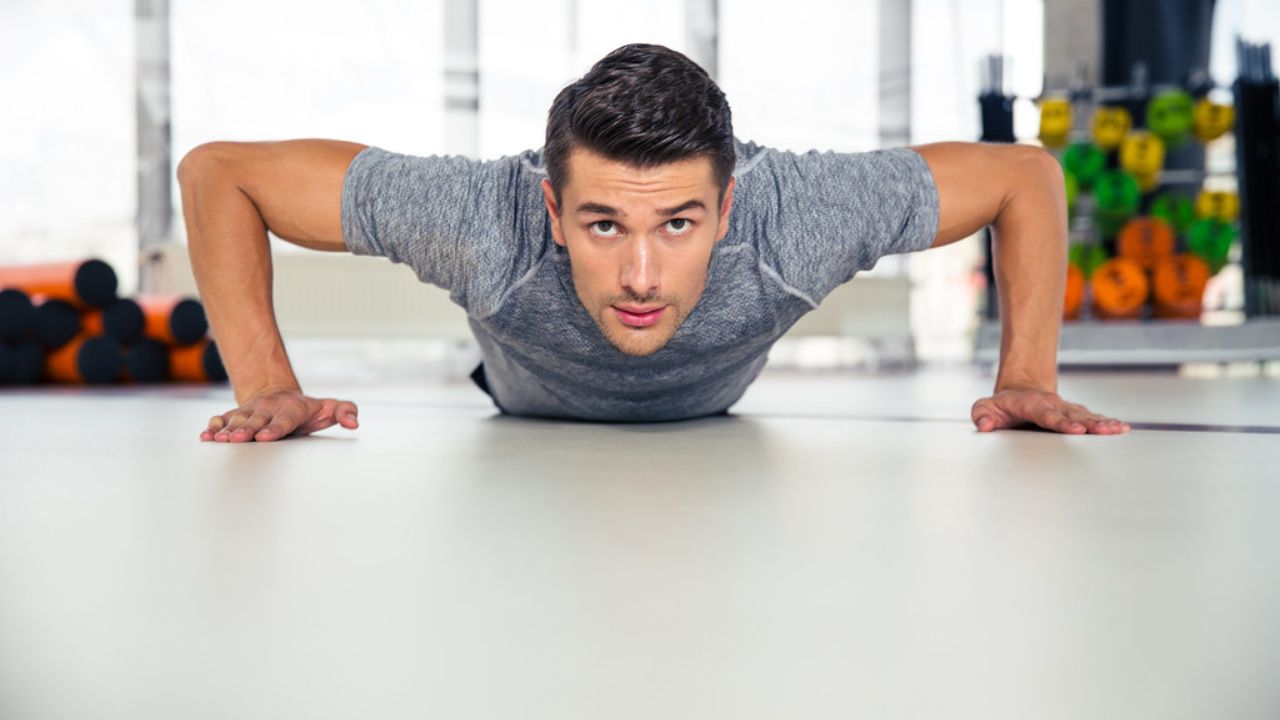
Yoga poses for Flexibility: Many yoga poses specifically target and stretch different muscle groups, such as forward folds, lunges, and twists. These poses help to lengthen and loosen tight muscles, improving your overall flexibility.
Breath Awareness: Yoga focuses on breath control, which helps to increase your body awareness and improve your flexibility. By learning to connect with your breath, you can relax and release any tension or tightness in your muscles, allowing for greater flexibility.
Incorporating yoga into your daily routine is a wonderful way to enhance your flexibility while also reaping the benefits of increased strength and reduced stress. Give it a try and experience the freedom and liberation that comes with a flexible body and a calm mind.
Benefits of Yoga
If you want to improve your overall well-being, incorporating yoga into your daily routine can bring significant benefits and make a positive impact on your life.
Yoga isn't just a physical exercise; it's a mind-body practice that combines movement, breath, and mindfulness.
One of the key benefits of yoga is stress relief. The practice of yoga helps to calm the mind, reduce anxiety, and promote relaxation. It allows you to connect with your breath and focus on the present moment, which can be incredibly beneficial for managing stress.
Additionally, yoga can also be a great form of strength training. The various poses and movements in yoga require you to engage and strengthen your muscles, improving both your physical strength and overall body awareness.
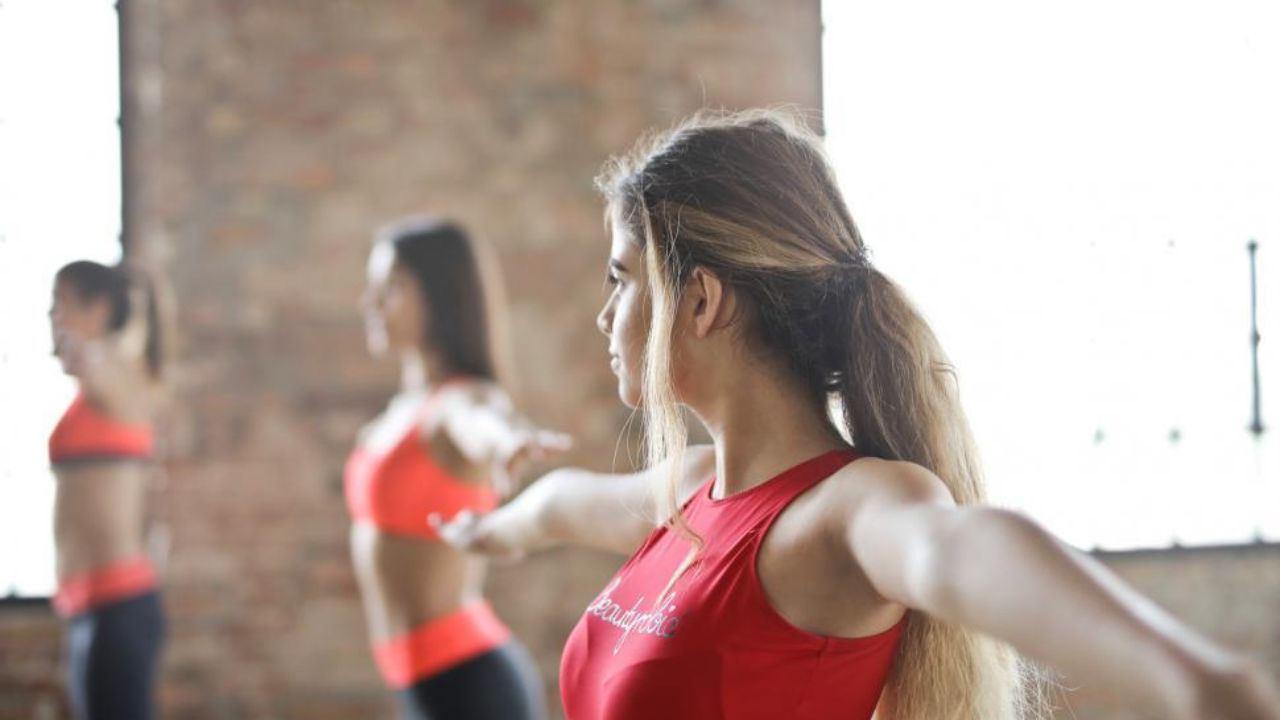
Pilates
Try out these Pilates exercises to increase your flexibility and strengthen your core. Pilates is a form of exercise that focuses on core strength and posture improvement. It's a great way to enhance your overall body strength and flexibility while also improving your balance and coordination.
Here are four Pilates exercises that you can incorporate into your daily routine:
The Hundred: This exercise targets your core muscles and helps to improve your stamina and breathing technique.
The Roll-Up: This movement strengthens your abdominal muscles and increases flexibility in your spine.
The Bridge: This exercise targets your glutes and lower back muscles, helping to improve your posture and stability.
The Swan: This movement focuses on strengthening your back muscles and improving your spinal extension.
Incorporating these Pilates exercises into your daily routine won't only help you increase your flexibility but also strengthen your core and improve your posture. So, grab a mat and give them a try!

Foam Rolling
Start incorporating foam rolling into your daily routine to improve your flexibility and relieve muscle tension. Foam rolling is a self-myofascial release technique that involves using a cylindrical foam roller to apply pressure to specific areas of your body. By rolling over these areas, you can release tension in your muscles and increase blood flow to promote recovery.
Foam rolling is especially beneficial for athletes and individuals who engage in intense physical activity. It can help reduce muscle soreness, prevent injuries, and enhance performance. Additionally, foam rolling can be combined with resistance band stretching to further improve flexibility and range of motion.
Incorporating foam rolling into your daily routine won't only help you feel better physically, but it will also contribute to your overall well-being. So grab your foam roller and start rolling your way to improved flexibility and muscle relief.
Resistance Band Stretching
To effectively incorporate resistance band stretching into your daily routine, regularly and consistently use resistance bands in your stretching exercises. Resistance bands are versatile tools that offer numerous benefits for your body. Here are four reasons why you should incorporate resistance band exercises into your stretching routine:
Increased flexibility: Resistance bands provide a controlled yet challenging stretch, helping you improve your flexibility over time.
Strengthens muscles: By adding resistance to your stretches, resistance bands engage your muscles more effectively, helping to build strength and stability.
Improved range of motion: Regularly using resistance bands in your stretching routine can help increase your range of motion, allowing you to move more freely and comfortably.
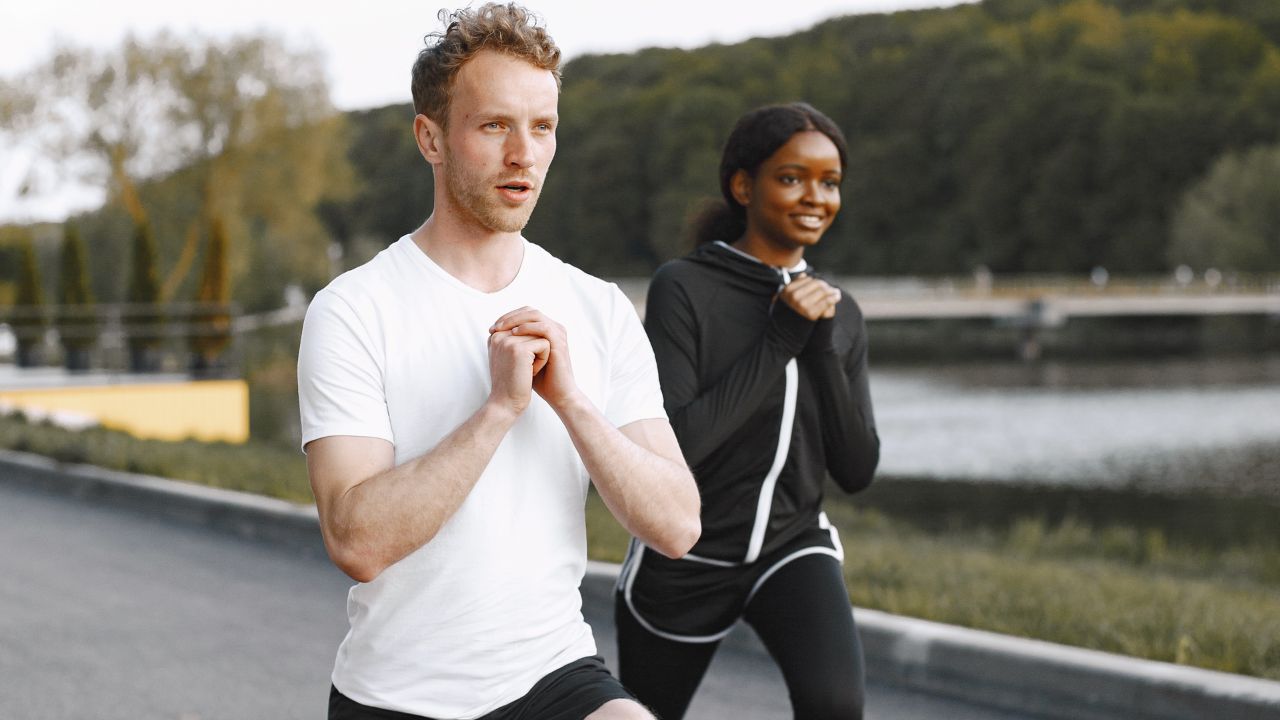
Convenient and portable: Resistance bands are lightweight, compact, and easy to carry, making them perfect for travel and home workouts.
Incorporating resistance band exercises into your stretching routine can bring a new level of freedom and flexibility to your daily life.
Mobility Exercises
Regularly incorporating mobility exercises into your daily routine can significantly improve your flexibility and range of motion. Mobility exercises are designed to enhance joint mobility and increase your body's ability to move freely and efficiently.
These exercises focus on improving the function of your joints, allowing for better overall movement and reduced risk of injury. One effective type of mobility exercise is dynamic stretching, which involves moving your joints through a full range of motion. This type of stretching helps to warm up the muscles and increase blood flow, preparing your body for physical activity.
Dynamic stretching can be done before a workout or as part of your daily routine to improve mobility and promote freedom of movement.
Active Release Techniques (ART)
You can incorporate Active Release Techniques (ART) into your daily routine to help improve flexibility and relieve muscle tension. ART is a highly effective form of manual therapy that targets specific areas of tightness or adhesions in the soft tissues. By applying precise pressure and tension, ART helps break down scar tissue and improves blood flow to the affected muscles.
Here are four reasons why you should consider incorporating ART into your stretching routine:
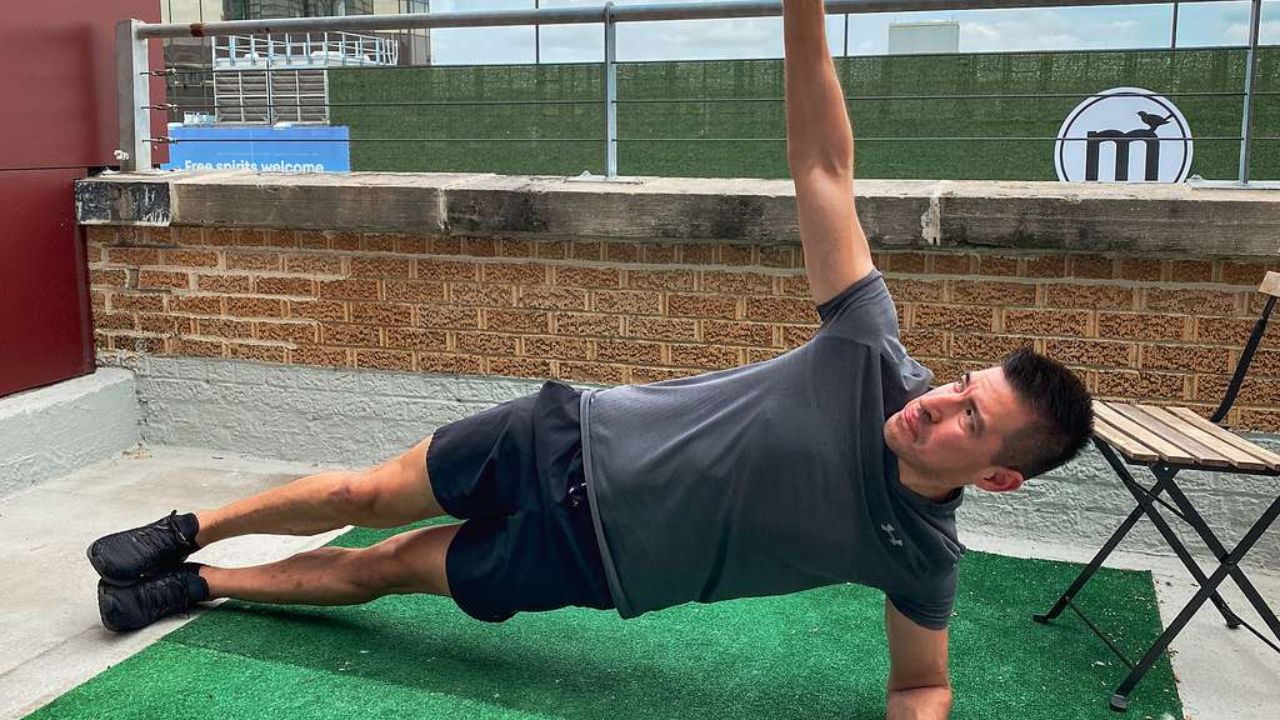
Increased Range of Motion: ART helps release tight muscles and fascia, allowing for better joint mobility and range of motion.
Injury Prevention: By addressing muscle imbalances and tightness, ART can help reduce the risk of injuries during physical activities.
Enhanced Performance: ART helps optimize muscle function and coordination, leading to improved athletic performance.
Faster Recovery: By promoting blood flow and reducing muscle tension, ART can help speed up the recovery process after intense workouts or injuries.
Incorporating active release techniques, along with active isolated stretching, into your daily routine can help you achieve greater flexibility and alleviate muscle tension, ultimately enhancing your overall freedom of movement.
Frequently Asked Questions
What Are the Benefits of Incorporating Dynamic Stretching Into My Daily Routine?
Incorporating dynamic stretching into your daily routine has several benefits. It helps prevent injuries by warming up your muscles and increasing blood flow. Additionally, it activates your muscles, which can enhance your overall performance.
How Can Static Stretching Improve My Flexibility and Prevent Muscle Soreness?
Static stretching benefits your flexibility and helps prevent muscle soreness. By holding a stretch for a sustained period, you increase your range of motion and reduce the risk of injury. Incorporate static stretching into your routine for optimal results.
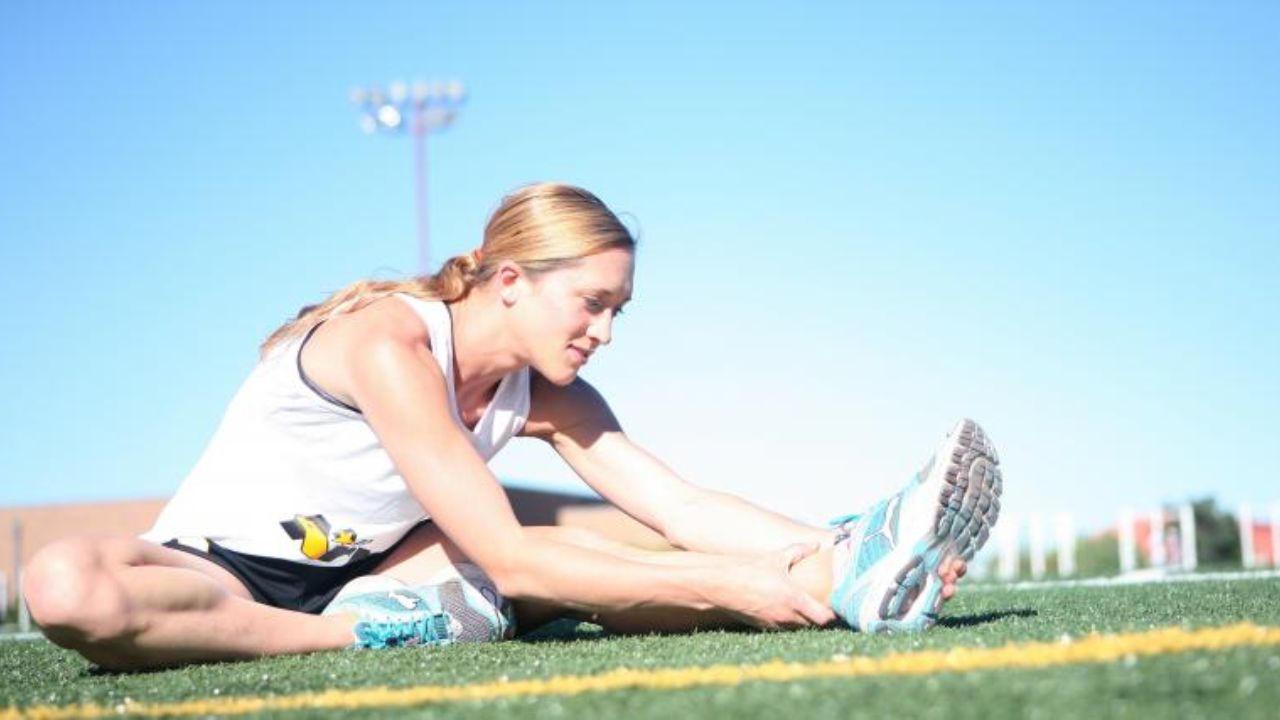
Is Active Isolated Stretching Suitable for Individuals With Joint or Muscle Injuries?
Active isolated stretching can be suitable for individuals with joint injuries. It focuses on gently stretching specific muscles without putting excessive strain on the joints. This technique can help improve flexibility and promote healing in injured muscles.
Can Proprioceptive Neuromuscular Facilitation (Pnf) Stretching Be Done Without a Partner?
Yes, you can do solo PNF stretching without a partner. However, if you prefer alternatives, you can try static stretching or dynamic stretching. Both are effective ways to improve flexibility and range of motion.
Are There Any Specific Yoga Poses That Are Particularly Effective for Improving Flexibility and Reducing Muscle Tension?
To improve flexibility and reduce muscle tension, certain yoga poses work wonders. Incorporate these poses into your routine for maximum results. They're like magic potions for your body, bringing freedom and relief.
 Mobility trainingHome Fitness RecoverySports Injury PreventionPersonal Physical TherapyOrthopedic SolutionsPrivacy PolicyTerms And Conditions
Mobility trainingHome Fitness RecoverySports Injury PreventionPersonal Physical TherapyOrthopedic SolutionsPrivacy PolicyTerms And Conditions
